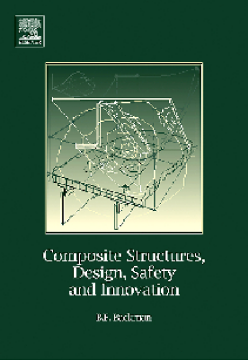
Additional Information
Book Details
Abstract
Aerospace structural design, especially for large aircraft, is an empirical pursuit dominated by rules of thumb and often-painful service experiences. Expertise on traditional materials is not transferable to “new materials, processes and structural concepts. This is because it is not based on or derived from well-defined measures of safety. This book addresses the need for safe innovation based on practical, explicit structural safety constraints for use in innovative structures of the future where guiding service experience is non-existent.
The book covers new ground by the demonstration of ways to satisfy levels of safety by focusing on structural integrity; and complementing the lack of service experience with risk management, based on flexible inspection methods recognizing that safety is a function of time. Fundamentally the book shoes demonstrates how safety methods can be made available to the engineering community without requiring huge statistical databases to establish internal and external loads distributions for use in reliability analysis.
An essential title for anyone working on structural integrity, or composite structures. It will be of equal interest to aerospace engineers and materials scientists working in academia, industry and government.
New approach to a subject that has not previously been treated in a holistic manner
This book could not have come at a more topical time, Boeing are currently launching the first commercial plane made entirely of composite materials
The focus of this book is Composite Materials but other fields of innovation could be treated in the same manner
"The book should be read by all involved in the design of aerospace structures"
- International Journal of Fatigue, John Summerscales, Advanced Composite Manufacturing Centre, University of Plymouth
